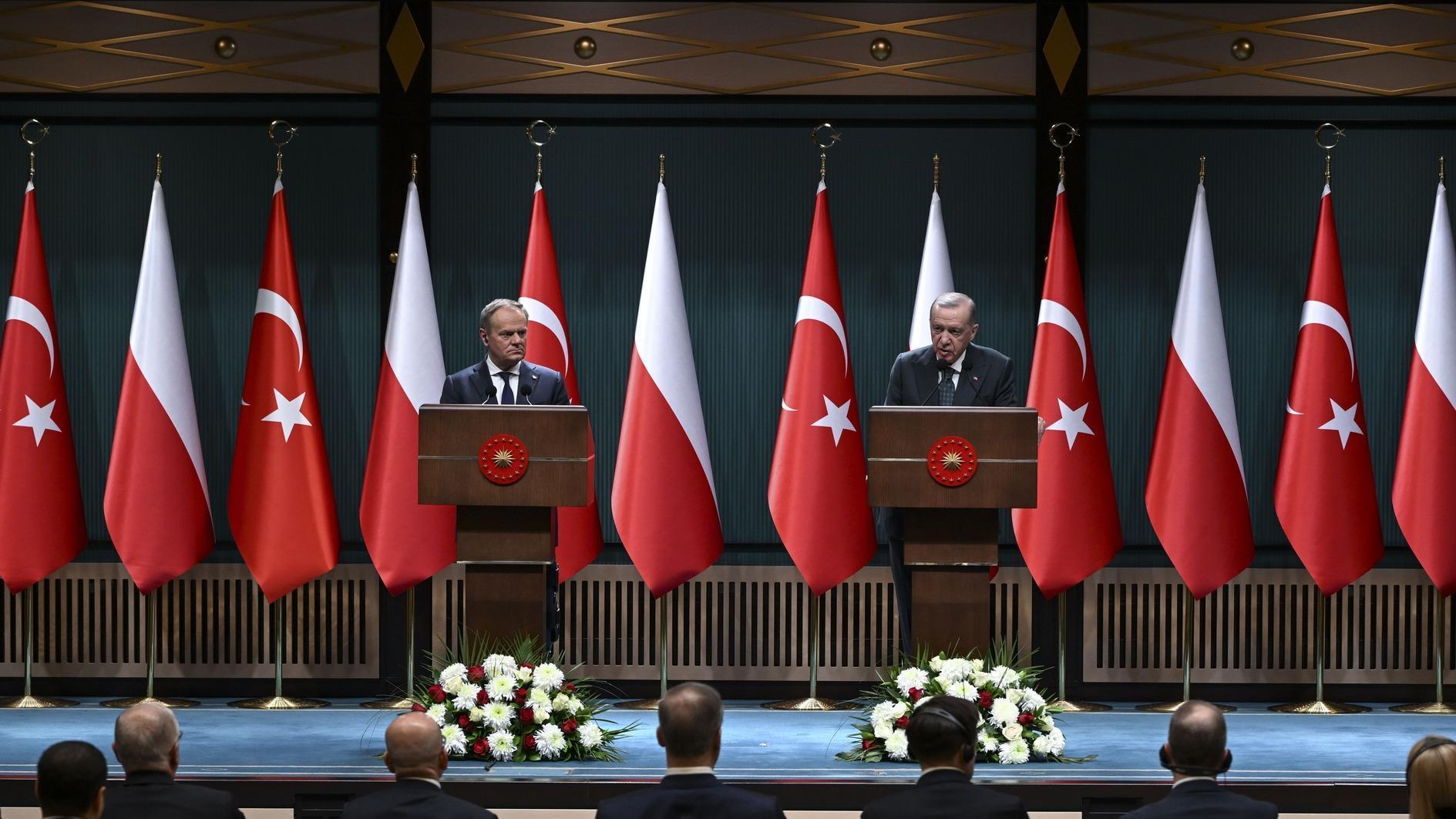The victims of Turkey’s ‘Hat Revolution’
On Dec. 7, 1925, a cold winter day, a group of policemen knocked on the door of a modest house in Fatih, one of Istanbul’s oldest districts. An old woman opened the door, surprised to see men in uniform. “We are looking for Atıf Hodja,” one of them said. “He just needs to come with us to our headquarters.”
Atıf Hodja, a 50-year-old Islamic scholar from İskilip, a small town in Central Anatolia, led a very pious life. His sermons and books had made him a leader among the religious, and he was a teacher of Islamic sciences at the madrasah in Fatih.
Atıf Hodja and his family thought that the police must have come for a simple matter. They were wrong. The teacher would be kept in police custody for weeks, banned from seeing his family. Then he was taken to court, where he discovered that his “crime” was publishing a booklet two years earlier, a booklet titled “The Brimmed Hat and the Imitation of Francs.”
“Francs” was the name Muslims had commonly used to refer to Europeans since the time of the Crusades; to Atıf Hodja, the brimmed hat was a symbol of the Frankish (thus non-Islamic) way of life. Conservative Muslims like him were not happy to see some of their countrymen embracing that lifestyle and wearing alien headgear instead of the traditional fez or turban. Moreover, the brim kept a man from putting his forehead on the floor, as the Muslims do in prayer, so it seemed to give the message: “I don’t bow down to God.” In his booklet, Atıf Hodja expressed all such criticisms and called on fellow Muslims to stop “imitating” the Europeans. Muslims had to acquire Western science and technology, he argued, but also preserve their identity.
Yet, what Atıf Hodja opposed in his booklet suddenly became part of the compulsory dress code in November 1925, when Mustafa Kemal, Turkey’s new ruler, introduced the brimmed hat as the new national headgear and banned all traditional Islamic ones. Atıf Hodja’s booklet was clearly at odds with this cultural revolution. His “crime,” in other words, was an ideological one.
However, there’s a crucial detail: Atıf Hodja had written the booklet a year and a half before the Hat Revolution. So, while trying him for his views was unfair, trying him for views he expressed before the revolution was absurd. That’s why the first court found him innocent and granted his release.
But the new regime, eager to crush all opponents of the brimmed hat, needed a scapegoat so as to teach a lesson to all dissidents. So another order came from Ankara, the new capital, for Atıf Hodja’s arrest and retrial in the Independence Tribunal, an arbitrary court that the new regime established to eliminate political opponents. After a brief retrial, the Independence Tribunal announced its verdict, which came as a shock to almost everyone. Both Atıf Hodja and a cleric named Ali Rıza, his “collaborator,” were sentenced to death. Both were hung at the gallows on Feb. 4, 1926. Other so-called collaborators were sentenced to prison terms.
In the months to come, the Hat Revolution took more innocent lives in cities such as Maraş, Erzurum and Rize, as the gendarme opened fire on crowds who protested the government-imposed dress code. The total number of victims is unknown, but seems certainly more than 50.
This old and tragic story, which I also relate in my book, “Islam without Extremes: A Muslim Case for Liberty,” is one of the many dark episodes in the history of the early Turkish Republic. And at a time when some of those episodes, such as the massacre of Alevi Kurds in Dersim in 1937-38, are reopened, Atıf Hodja and other victims of the nonsense called the “Hat Revolution” need to be remembered as well.











